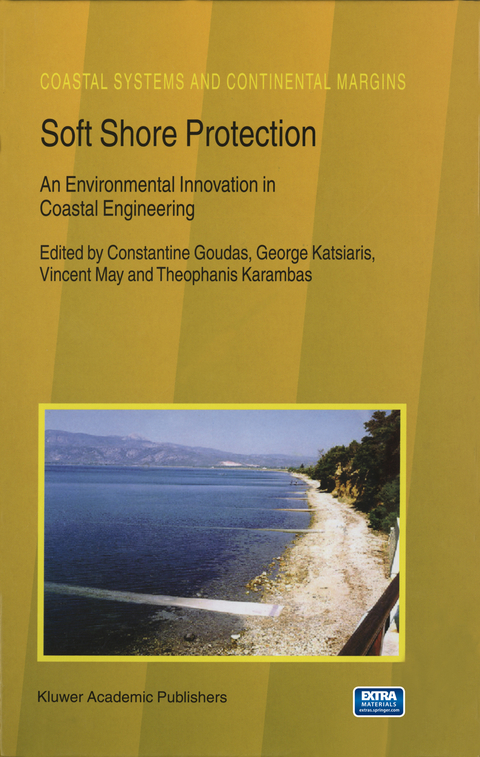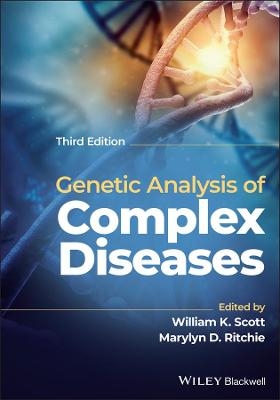
Improvement of Cereal Quality by Genetic Engineering
Springer-Verlag New York Inc.
978-1-4613-6037-7 (ISBN)
Section I Development of Techniques for Transformation of Cereals.- Assessment of Methods for the Genetic Transformation of Wheat.- Genetic Transformation of Wheat.- Approaches to Genetic Transformation in Cereals.- Genetic Engineering of Wheat and Barley.- Genetic Engineering in Rice Plants.- Genetic Engineering of Oat.- Transgenic Grain Sorghum (Sorghum bicolor) Plants via Agrobacterium.- Development of Promoter Systems for the Expression of Foreign Genes in Transgenic Cereals.- Anthocyanin Genes as Visual Markers for Wheat Transformation.- Section II Genetic Engineering of Cereal Protein Quality.- Improvement of Barley and Wheat Quality by Genetic Engineering..- Progress towards Genetic Engineering of Wheat with Improved Quality.- The Contributions to Mixing Properties of 1D HMW Glutenin Subunits Expressed in a Bacterial System.- Studies of High Molecular Weight Glutenin Subunits and Their Encoding Genes.- Section III Genetic Engineering of Cereal Starch Quality.- Prospects for the Production of Cereals with Improved Starch Properties.- Genetic Engineering of Resistance to Starch Hydrolysis Caused by Pre-Harvest Sprouting.- Section IV Improvement of Barley Quality by Genetic Engineering.- Potential for the Improvement of Malting Quality of Barley by Genetic Engineering.- Genetic Modification of Barley for End Use Quality.- Section V Regulation of Cereal Genetic Engineering.- The Regulation of the Use of Genetically Engineered Cereals as Foods.- Rapid Cereal Genotype Analysis.- Prospects for Genetic Engineering in the Overall Context of Cereal Chemistry Research.- Contributors.
| Zusatzinfo | XIII, 174 p. |
|---|---|
| Verlagsort | New York, NY |
| Sprache | englisch |
| Maße | 178 x 254 mm |
| Themenwelt | Studium ► 2. Studienabschnitt (Klinik) ► Humangenetik |
| Naturwissenschaften ► Biologie ► Biochemie | |
| Naturwissenschaften ► Biologie ► Botanik | |
| Naturwissenschaften ► Biologie ► Zoologie | |
| Technik ► Umwelttechnik / Biotechnologie | |
| Weitere Fachgebiete ► Land- / Forstwirtschaft / Fischerei | |
| ISBN-10 | 1-4613-6037-4 / 1461360374 |
| ISBN-13 | 978-1-4613-6037-7 / 9781461360377 |
| Zustand | Neuware |
| Haben Sie eine Frage zum Produkt? |
aus dem Bereich


